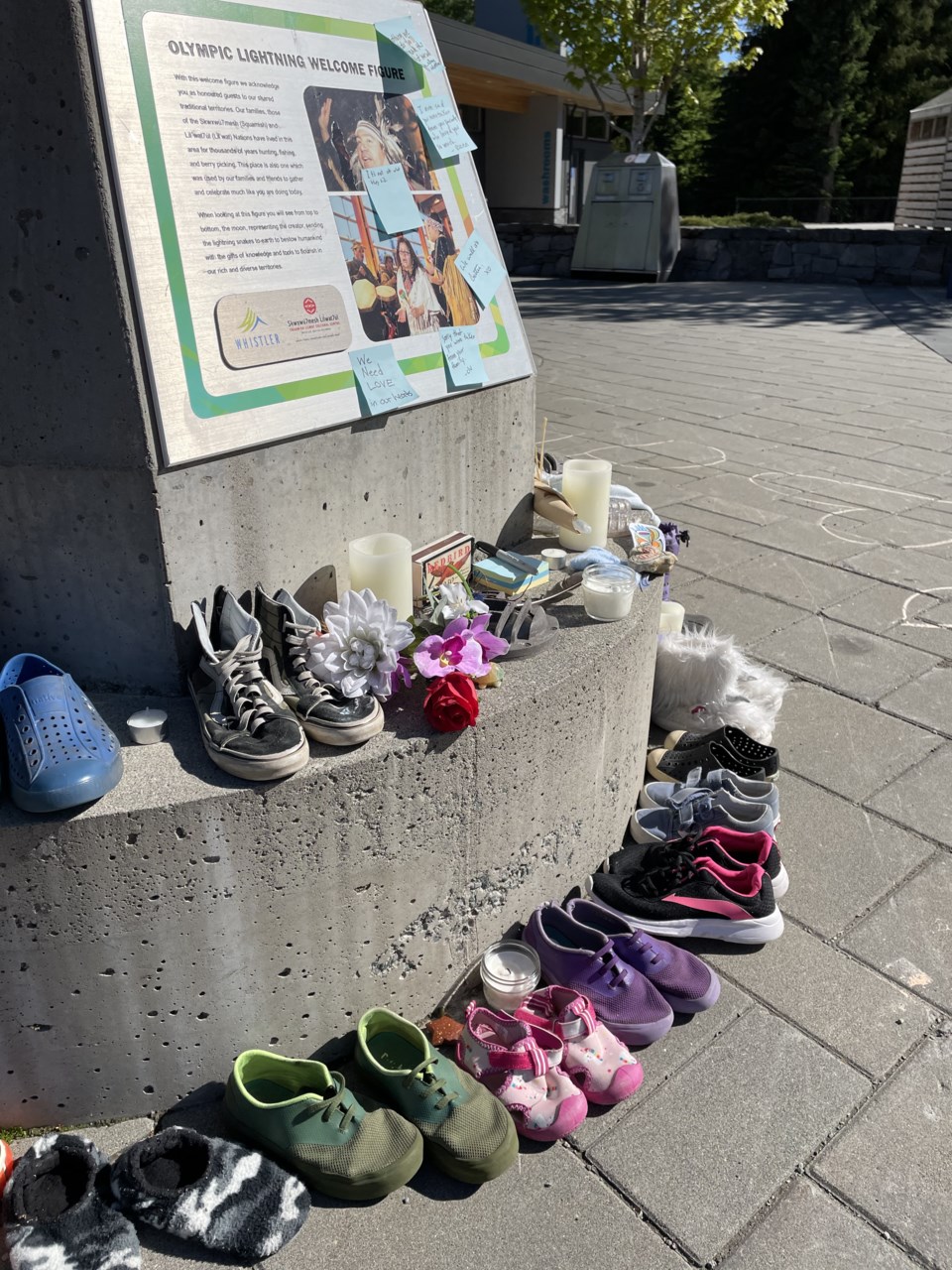While Mayor Jack Crompton has made a land acknowledgement statement before each council meeting since taking office in 2018, Whistler’s mayor and council made the practice official on June 1.
At its June 1 meeting, council approved a territorial statement that will be issued before each public council and committee meeting going forward.
“The Resort Municipality of Whistler (RMOW) is grateful to be on the shared, unceded territory of the Lil’wat people, known in their language as Lilwat7úl, and the Squamish people, known in their language as Skwxwú7mesh,” the statement reads.
“We respect and commit to a deep consideration of their history, culture, stewardship and voice.”
The territorial statement speaks to the 2015 Truth and Reconciliation report, which was prepared in response to the existence of Indian Residential Schools in Canada and includes 94 different calls to action, said manager of legislative services Brooke Browning in a presentation to council.
“The calls to action identify work that must be done on individual community and governmental levels. One place to begin this work is through adopting the practice of making a territorial statement,” Browning said. “This practice helps to increase awareness about Indigenous Peoples in Canada, and it also encourages both those making and listening to the statement to learn more about whose territories they reside upon.”
Whistler’s territorial statement was developed in collaboration with the board of the Squamish Lil’wat Cultural Centre, which includes leadership from both the Squamish and Lil’wat Nations, Browning said, adding that the statement represents a first step towards reconciliation.
As a second step, the RMOW commits to learning more about the Lil’wat and Squamish, as well as the greater experience of Indigenous Peoples in Canada, Browning said.
The RMOW will also be offering Indigenous cultural awareness training to all staff this summer, she said.
Councillor Ralph Forsyth voted against adopting the statement, noting that, of the Truth and Reconciliation report’s 94 calls to action, only three are relevant to local governments, and that “action speaks much louder than any words can.”
“I hope that no one thinks that this comes from a place of ignorance,” Forsyth said.
“I often say that a local government should do what local government can do. And there are several things that we can do, and I do find that often, these things ring hollow; we say it so many times in so many places and I just become numb to it.”
The RMOW could start by changing the name of Squaw Valley Crescent, Forsyth said by way of example, or direct staff to develop policy to address First Nation employment gaps.
A resolution on a new name for Squaw Valley Crescent (originally named for the Olympic venue) will be coming to council soon, said Crompton.
“And I agree with you, Coun. Forsyth; there is a lot more to do as it relates to our participation in reconciliation, so thank you for the encouragement,” Crompton said.
Though in the works for some time, the move comes less than a week after shocking revelations out of Kamloops, where the bodies of 215 First Nation children were discovered on the grounds of the former Kamloops Indian Residential School.
On May 30, the RMOW lowered its flags in Whistler Village to half-mast to honour the victims, and mayor and council began the June 1 meeting with a moment of silence.
The intergenerational trauma caused by residential schools is still felt among First Nations people in the corridor, Lil’wat Chief Dean Nelson told Pique.
“The mental health of the people, from all of this over time, it needs to be dealt with,” Nelson said.
“The biggest thing from the general public would be the understanding of it all, not to view it in a biased place. It has to be understood for what it was—it was genocide. That is a tough thing to swallow but that is what it is.
“But it is still here—the intergenerational trauma is still here and we wrestle with it daily.”
-with files from Clare Ogilvie





